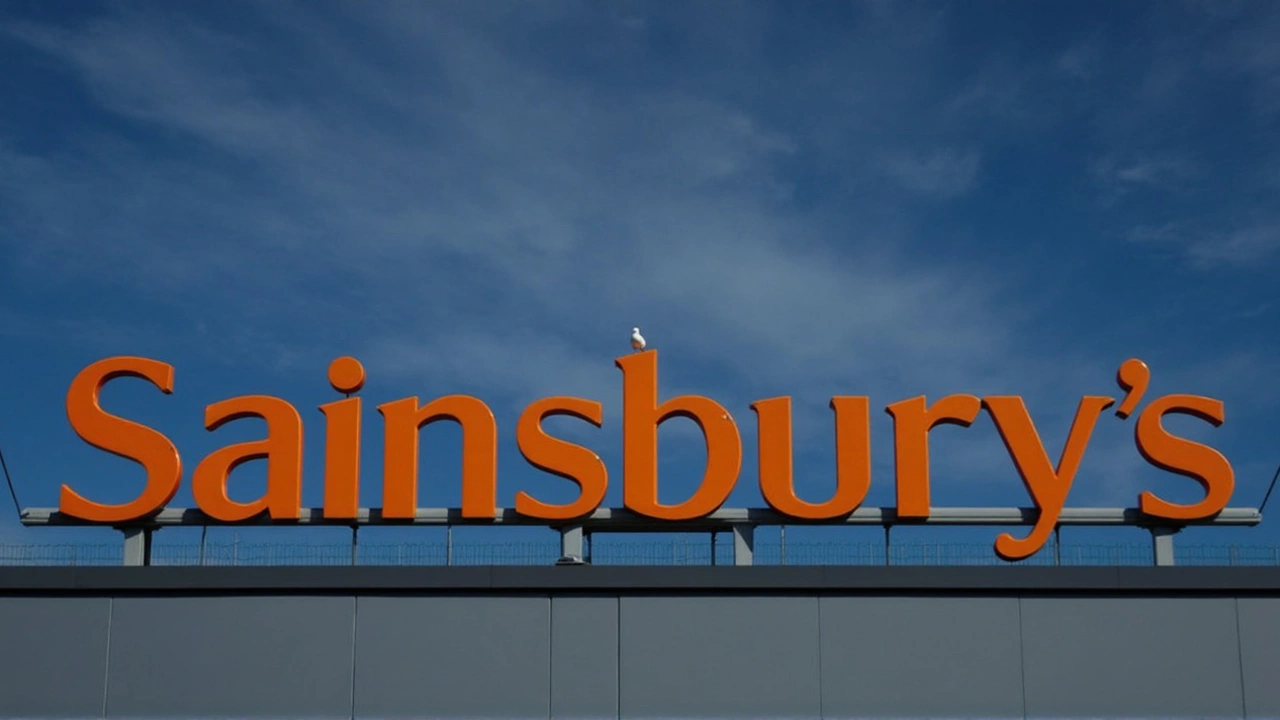Bank Acquisition Basics – What You Need to Know
When you hear "bank acquisition," think of one bank buying another. It’s a big deal for the banks involved, the people who work there, and the customers who keep their money in the accounts. In this guide we break down the steps, the reasons, and the impact – all in everyday language.
How a Bank Acquisition Starts
First, the buying bank identifies a target. It could be a smaller regional bank, a niche lender, or even a rival with complementary services. The buyer looks at the target’s assets, loan portfolio, and market reach. If the numbers look good, the two sides begin talks.
Next comes a formal offer. The offer includes price, payment method, and any conditions. The target’s board reviews the proposal and may ask for a higher price or better terms. Once both sides agree, they sign a deal agreement.
After the agreement, regulators step in. In the UK, the Financial Conduct Authority (FCA) and the Prudential Regulation Authority (PRA) examine the deal to make sure it won’t hurt competition or destabilise the financial system. They may ask for extra information or impose conditions, like keeping certain branches open.
If regulators give the green light, the banks move to the integration phase. This is where systems, staff, and customers are merged. It can be a complex process because banking software, data security, and compliance rules have to line up perfectly.
What Changes for You After a Takeover
For most customers, the biggest change is the brand name. Your old bank might be rebranded, or you could see a new logo on the website and ATMs. Your account numbers usually stay the same, but you might get a new debit or credit card with the new branding.
Product offerings can shift too. The acquiring bank may introduce new savings accounts, loans, or digital tools that weren’t available before. On the flip side, some niche products that the smaller bank offered could disappear if they don’t fit the larger bank’s strategy.
Service levels might improve or dip temporarily. Integration can lead to longer call‑center wait times while staff learn new systems. However, many large banks invest heavily in technology, so you could end up with faster online banking and more branch locations.
If you’re a business customer, pay attention to any changes in relationship managers or credit terms. The new owner might renegotiate loan conditions or offer better rates to keep you onboard.
Finally, know your rights. Regulators require clear communication about any changes that affect your contracts. If you worry about fees, interest rates, or service disruptions, reach out to the customer service team – they have to answer within a set time frame.
Bank acquisitions happen all the time, and they’re usually driven by growth goals, market expansion, or the need to boost technology. By understanding the steps and the possible impacts, you can stay ahead of the curve and make the most of any new services that come your way.

NatWest has wrapped up its major purchase of Sainsbury’s Bank’s savings, loans, and credit cards, transferring about one million customer accounts. Customers should review their FSCS coverage if they have more than £85,000 saved across both banks. Sainsbury’s continues its travel and insurance offerings amidst this banking shift.
Continue Reading





